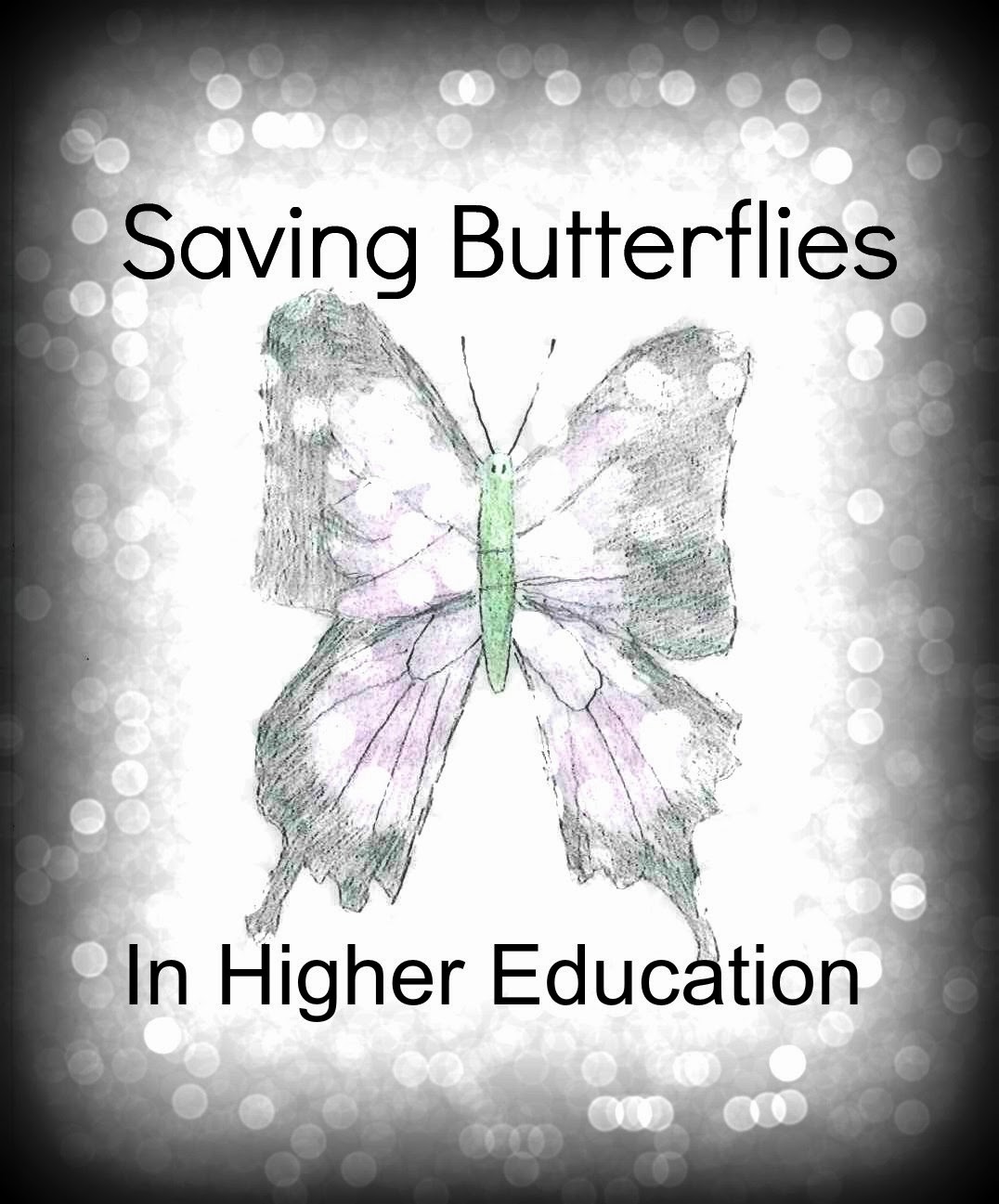Sociocultural awareness is becoming more important
in the military. At present there appears to be sociocultural gaps in military
leadership development. The researcher Janice Lawrence believes that leaders
will be called upon to engage socially across many different cultures and to
build trust, create alliances, read intentions, and influence and understand
people and their motivations (2011). This type of learning is fundamentally
different and higher than previous learning.
For decades the military has been at the helm of
leadership development. The wars in Iraq and Afghanistan have highlighted some
gaps. The development of higher sociocultural awareness helps leaders
understand the local population, their needs, and their motivations. To create
greater cross-cultural awareness requires skills in empathy, respect, genuine interest
in others, flexible behavior, tolerance for ambiguity, open-mindedness,
sociability, and initiative (Early & Ang, 2003).
A failure to be culturally aware means that leaders
may not be aware of the deeper issues at play. As all language contains a coding,
transference and decoding process of signals it is necessary for leaders to
understand the non-verbal cues of the local population to understand their
emotions such as anger, happiness, disgust and many other facets to get a deeper
picture of the local population.
Situational awareness is important to military leaders
but so is cultural awareness. It cannot be easily documented in a photograph or
satellite picture. It requires an understanding of interests, habits,
intentions, beliefs, social structure, and political systems (McFate, 2005). It
is a subtle skill that should be rewarded in military training.
There is a natural blending between military and
social science. Leadership exists within a medium of culture. Culture is not finite
or immobile and doesn’t exist by the same standard rules one might find in
other sciences. The author indicates that sociocultural competence should be
rewarded in the military as its impact in saving lives may be more profound
than other methods. To understand the
situation and the people that have a natural impact on that situation can do
much in being more effective strategically, socially, and militarily.
Comment:
The subtle tones and non-verbal expressions can give an indication of how a
person is receiving, interpreting, and adjusting to new information. When
engaged in cross-cultural communications the specific nuances of human
expression may be more important in determining intention than the words
themselves. Understanding the local population, how they view the situation,
and their likely actions, will help in improving upon effectiveness. Social
skill at a deep neurological level that creates awareness is difficult to train
but can be fostered.
The same process applies to business leaders that
may not have a strong grasp of the culture and the associated cognitive models
within their workplace. It is possible to find workplaces where there are 2 or
3 different cultures that interpret information differently. Strategic changes
will naturally have a different impact and interpretation to each of the
different cultures. Understanding how a new strategic plan will be interpreted
will impact its business effectiveness and the success of the organization.
Earley, P. & Ange, S. (2003). Cultural intelligence: individual
interactions across cultures. Stanford, CA: Stanford Business Books.
Laurence, J. (2011). Military leadership and the
complexity of combat and culture. Military
Psychology, 23
McFate, M. (2005). The military utility of
understanding adversary culture. Joint Forces Quarterly, 38.
